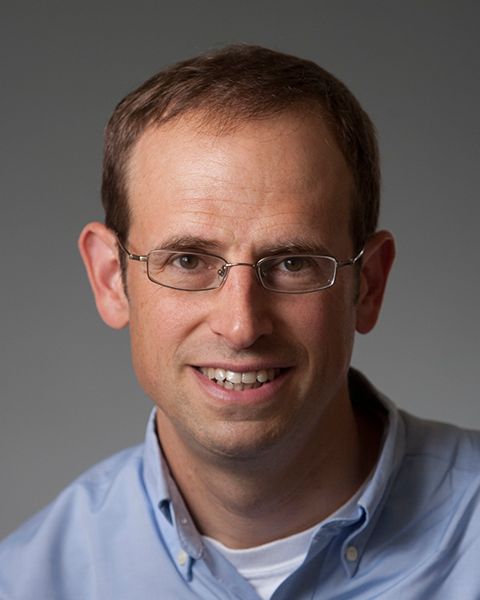User login
The presence of serrated polyps on index colonoscopies without low-risk adenomas was not associated with metachronous high-risk adenomas on surveillance exams, according to a study presented at the World Congress of Gastroenterology at ACG 2017.
Data for the study were collected from 4,616 adults who had two colonoscopies on record with the New Hampshire Colonoscopy Registry. Patients with high-risk adenomas at the index colonoscopy were excluded from the study. The median time between index and surveillance exams was 4.9 years, and median age was 61 years, according to Joseph Anderson, MD, of Geisel School of Medicine at Dartmouth, Hanover, N.H., and his associates.
Overall, the risk for metachronous high-risk adenomas in the study group was 6.3% and the risk of large serrated polyps greater than or equal to 1 cm was 1.2%. After patient age, sex, smoking, body mass index, and time between the two exams were adjusted for, low-risk adenomas at the time of the index colonoscopy were associated with an increased metachronous risk of high-risk adenomas, Dr. Anderson and his colleagues noted.
Large serrated polyps and the presence of sessile serrated polyps or traditional serrated adenomas at index exam increased the risk of metachronous serrated polyps at the surveillance colonoscopy 10-fold and 14-fold, respectively, but did not increase the risk of high-risk adenomas. The presence of both low-risk adenomas and significant serrated polyps was not associated with an increased risk of high-risk adenomas over the presence of low-risk adenomas alone.
The study was not funded by industry grants, and no disclosures were reported.
The presence of serrated polyps on index colonoscopies without low-risk adenomas was not associated with metachronous high-risk adenomas on surveillance exams, according to a study presented at the World Congress of Gastroenterology at ACG 2017.
Data for the study were collected from 4,616 adults who had two colonoscopies on record with the New Hampshire Colonoscopy Registry. Patients with high-risk adenomas at the index colonoscopy were excluded from the study. The median time between index and surveillance exams was 4.9 years, and median age was 61 years, according to Joseph Anderson, MD, of Geisel School of Medicine at Dartmouth, Hanover, N.H., and his associates.
Overall, the risk for metachronous high-risk adenomas in the study group was 6.3% and the risk of large serrated polyps greater than or equal to 1 cm was 1.2%. After patient age, sex, smoking, body mass index, and time between the two exams were adjusted for, low-risk adenomas at the time of the index colonoscopy were associated with an increased metachronous risk of high-risk adenomas, Dr. Anderson and his colleagues noted.
Large serrated polyps and the presence of sessile serrated polyps or traditional serrated adenomas at index exam increased the risk of metachronous serrated polyps at the surveillance colonoscopy 10-fold and 14-fold, respectively, but did not increase the risk of high-risk adenomas. The presence of both low-risk adenomas and significant serrated polyps was not associated with an increased risk of high-risk adenomas over the presence of low-risk adenomas alone.
The study was not funded by industry grants, and no disclosures were reported.
The presence of serrated polyps on index colonoscopies without low-risk adenomas was not associated with metachronous high-risk adenomas on surveillance exams, according to a study presented at the World Congress of Gastroenterology at ACG 2017.
Data for the study were collected from 4,616 adults who had two colonoscopies on record with the New Hampshire Colonoscopy Registry. Patients with high-risk adenomas at the index colonoscopy were excluded from the study. The median time between index and surveillance exams was 4.9 years, and median age was 61 years, according to Joseph Anderson, MD, of Geisel School of Medicine at Dartmouth, Hanover, N.H., and his associates.
Overall, the risk for metachronous high-risk adenomas in the study group was 6.3% and the risk of large serrated polyps greater than or equal to 1 cm was 1.2%. After patient age, sex, smoking, body mass index, and time between the two exams were adjusted for, low-risk adenomas at the time of the index colonoscopy were associated with an increased metachronous risk of high-risk adenomas, Dr. Anderson and his colleagues noted.
Large serrated polyps and the presence of sessile serrated polyps or traditional serrated adenomas at index exam increased the risk of metachronous serrated polyps at the surveillance colonoscopy 10-fold and 14-fold, respectively, but did not increase the risk of high-risk adenomas. The presence of both low-risk adenomas and significant serrated polyps was not associated with an increased risk of high-risk adenomas over the presence of low-risk adenomas alone.
The study was not funded by industry grants, and no disclosures were reported.
FROM THE 13TH WORLD CONGRESS OF GASTROENTEROLOGY
Key clinical point:
Major finding: After patient age, sex, smoking, body mass index, and time between index and surveillance exams were adjusted for, the presence of index serrated polyps without additional low-risk adenomas did not increase risk of high-risk adenomas at surveillance exams.
Data source: Data collected from 4,616 patients in the New Hampshire Colonoscopy Registry.
Disclosures: The study was not funded by industry grants, and no disclosures were reported.

